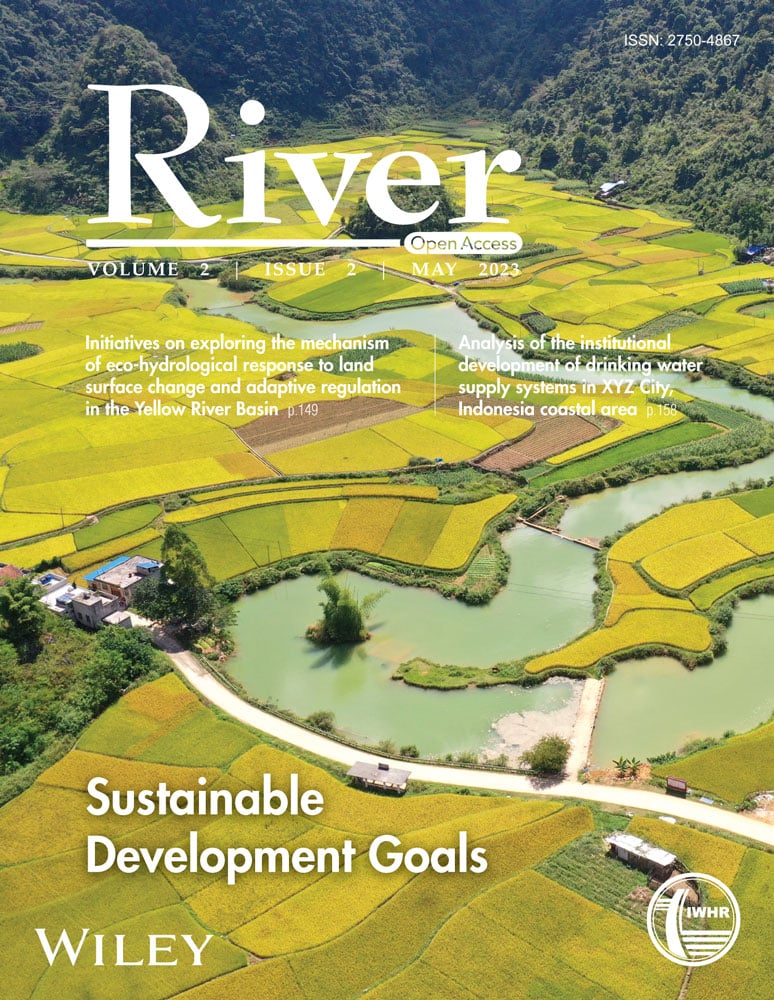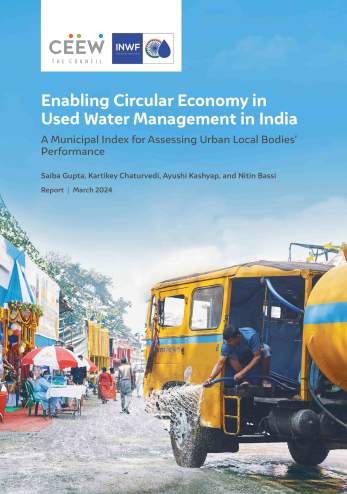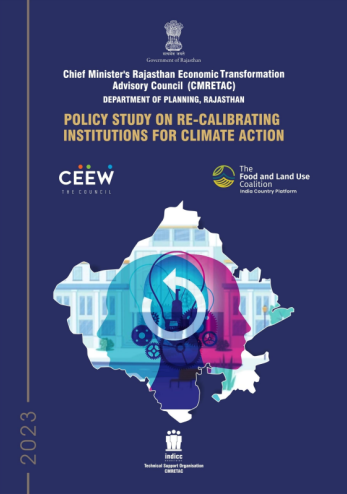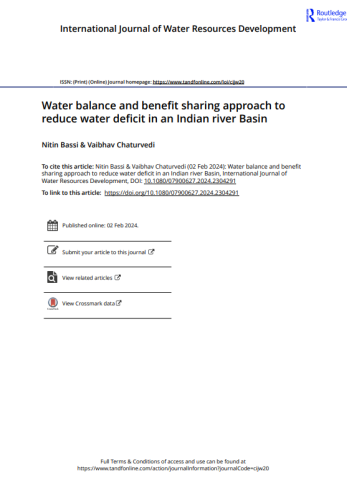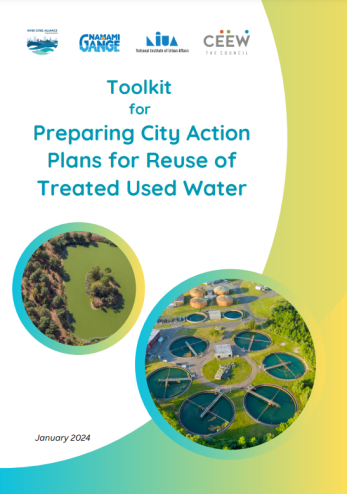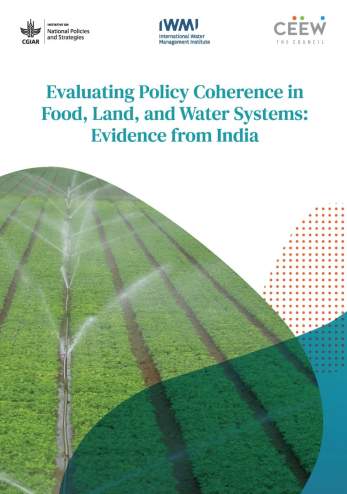Other Publications
Use of Water Accounts Based Indicators for Water Management in India
Nitin Bassi
July 2023 | Sustainable Water
Suggested citation: Bassi, Nitin. 2023. “Use of Water Accounts Based Indicators for Water Management in India.” River 2: 1-19. https://doi.org/10.1002/rvr2.53
Overview
This research paper demonstrates an approach to prepare water accounts for the Mahanadi river basin in eastern India — which experiences climate-induced hydrological extremes — using the demographic, economic, hydrological, and geo-hydrological data available at different administrative and geographical scales. The water accounts were prepared for the normal, wet, and dry hydrological years. Further, selected water accounts derived indicators were computed to identify critical elements that need to be altered for improving water resources management at the river basin scale.
Key Highlights
- The total inflow in the Mahanadi river basin during the wet year exceeds 24–26 per cent in comparison to the normal and dry years. In turn, 23 per cent and 24 per cent of the inflow get drained to the sea in a dry and normal year respectively.
- Irrigated agriculture and evaporation from the surface of water bodies are the main consumers of blue water, accounting for 86-88 per cent during all the years.
- The Mahanadi River has a huge dilution capacity, and, except for the biological oxygen demand in a dry year, the value of all other selected water quality parameters (nitrogen and electrical conductivity) is within the acceptable limits established by law.
- Reducing water consumption in irrigated crops during summer, controlling evaporation from the reservoirs, and considering nitrogen concentration and electrical conductivity in the existing approach to determine polluted river stretches in India are identified as crucial actions for improving water management in the basin.
- A total water saving of 2,385 million cubic metres (MCM)/annum is possible if the entire summer paddy is replaced by groundnut and one‐fourth area of the six big reservoirs in the basin is protected from evaporation.
Key Recommendations
- Adopt drip irrigation technology, meter irrigation water use, and introduce volumetric pricing of water. These are the preconditions for converting field‐scale water saving from agriculture to the basin scale.
- Plans for building any additional water diversion in upstream areas should consider the water consumption in the present and future and the environmental flow requirement of the river basin.
- Prepare water accounts on a regular basis for the river basins in India (ideally for every normal, wet, and dry hydrological year). This can play an important role in decisions concerning water reallocation, promoting efficient water use, water quality management, and resolving disputes over water sharing between the riparian states.
"In India, water accounts on a river basin scale are not prepared regularly, mainly due to the unavailability of data on consumptive uses in various economic sectors. Enabling the preparation of water accounts using available data sets and deriving indicators to quantify variables are critical for improving water management at the basin scale."




